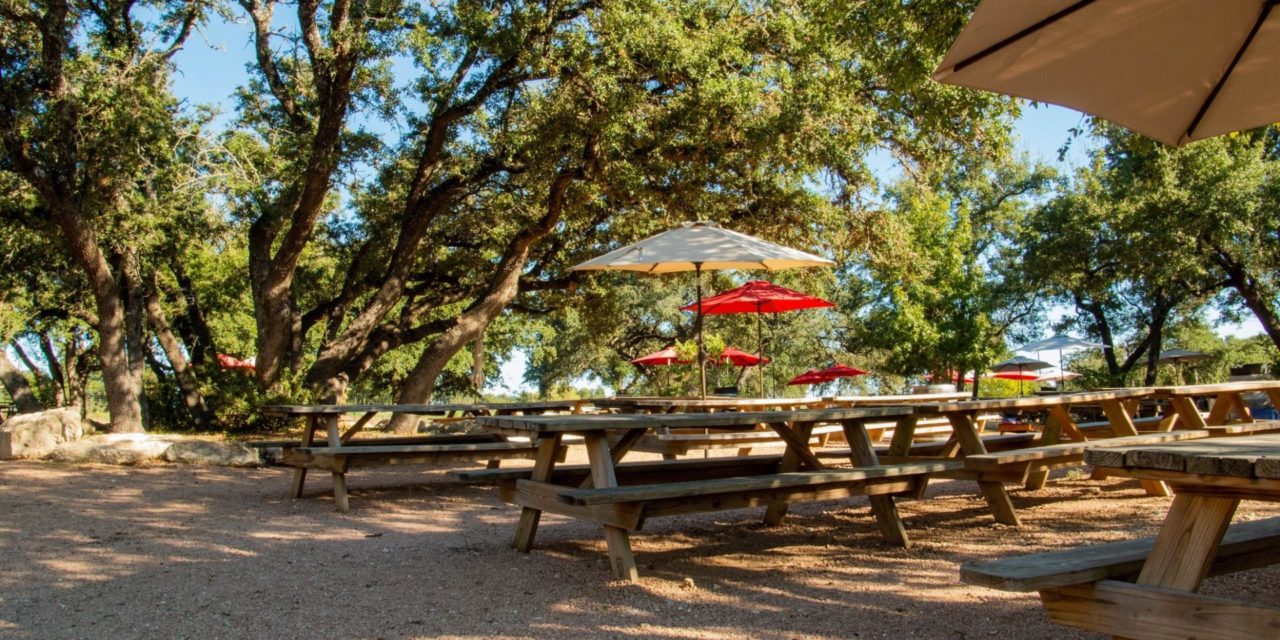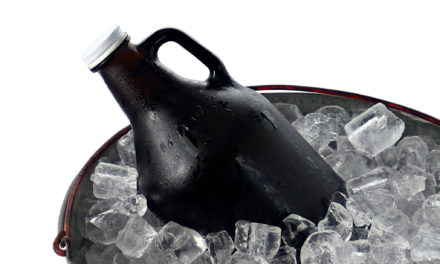A survey conducted by the Brewers Association in early April paints a grim picture for craft breweries struggling to survive the COVID-19 crisis. Responses from 455 brewers representing 49 states reported an average decline in sales of 66 percent, with many experiencing in excess of a 70 percent decline. Most breweries have furloughed or laid off employees, and the majority of respondents were not confident that their business could survive longer than three months under current conditions.
Forgivable loans from the Small Business Administration, emergency grants, disaster loans, and increased unemployment provisions have all helped, respondents said, but many fear that available resources will not be enough.
“Brewers need more direct relief. Failing that, they need help in the form of excise tax certainty and credits to offset the hundreds of millions of dollars that was already in the trade or sitting in tanks when the on-premise [operations] ground to a virtual standstill,” Brewers Association chief economist Bart Watson wrote in a summary of the survey.
Arryved, a point-of-sale system for taprooms and brewpubs, surveyed its taproom clients in late March and found that more than 85 percent were still open in some capacity. The majority, 75 percent, are offering curbside pick-up while less than 25 percent were offering delivery service. In addition to to-go beer, additional revenue streams such as gift cards and merchandise were performing well.
The on-premise sales and draft accounts that small taproom brewers depend on for the bulk of their revenue dried up nearly overnight, however, and those breweries were among the first to feel the economic impacts of the pandemic.
Jester King Brewery, for example, located on a farm on the outskirts of Austin, Texas, and voted the nation’s Best Brewer Tap Room for 2019 by users of RateBeer, depends on its taproom and restaurant for 77 percent of the brewery’s revenue, according to owner Jeffrey Stuffings.
“The mechanism for controlling the virus [isolation/social distancing] unfortunately takes dead aim at the heart of our business model,” Stuffings wrote in an impassioned statement posted to the brewery’s social media accounts. “Rather than trying to grow our business by increasing our beer production volume year over year, we’ve chosen to grow the onsite experience by purchasing land and adding a restaurant, farm, inn, and private event hall. What was designed to diversify our business and make it more immune from the intense competition of offsite retail and distribution is, for now at least, making us highly susceptible.”
Small taproom brewers are the backbone of craft beer and one of the few areas of opportunity in an increasingly competitive industry. While craft beer as a whole has grown annually by about 3.5 percent for the past several years, taproom breweries grew by 25 percent in 2019, according to Brewers Association statistics. While they account for just 6.4 percent of market share among the nation’s approximately 8,000 craft breweries, taproom breweries contributed 37 percent of total growth for the year.
If they fail, the entire industry feels the loss. All of which underscores the importance of supporting small, local, independent brewers at the federal level. And, when we can get together again, in our own communities.











